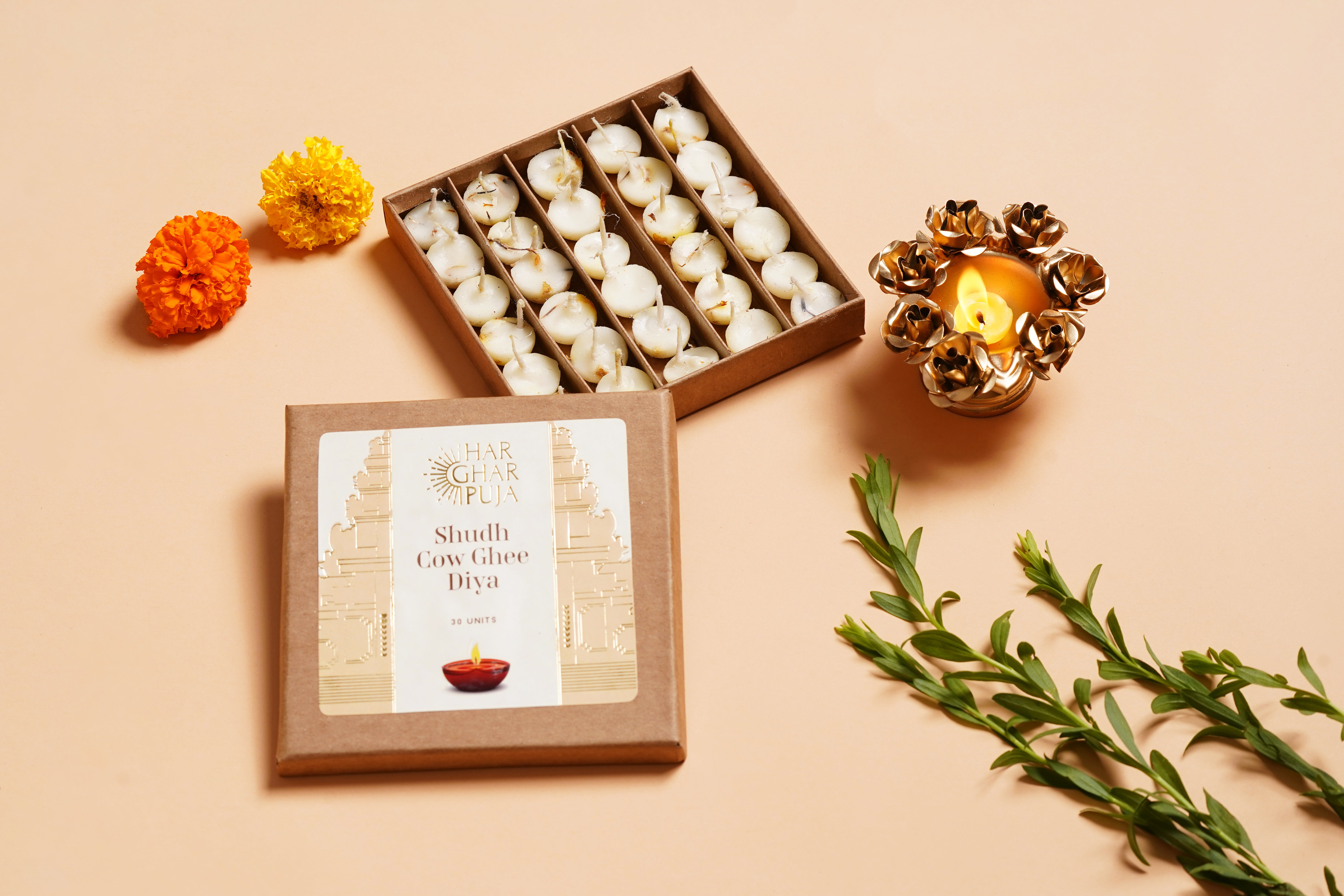Navratri is a festival of immense spiritual significance where devotees worship the nine forms of Goddess Durga. Each day of the festival is dedicated to one of her avatars, and the first day is reserved for the worship of Shailputri mata. She is considered the embodiment of the power and devotion that form the foundation of the Navratri festival.
In this article, we will explore the story, symbolism, and significance of Shailputri mata in detail.
Table of Contents
The Story of Shailputri Mata

The name “Shailputri” is derived from two Sanskrit words: “Shail” meaning mountain and “Putri” meaning daughter, thus translating to “Daughter of the Mountain.” According to Hindu mythology, Maa Shailputri is the reincarnation of Goddess Sati, the daughter of King Daksha. After Goddess Sati self-immolated in the fire of a Yajna when her husband Lord Shiva was insulted by King Daksha, she was reborn as Shailputri, the daughter of Himavan, the King of Mountains.
Shailputri mata represents strength and perseverance. In her life as Sati, she devoted herself completely to Lord Shiva, and after her rebirth, she continued her journey of devotion and asceticism. Her marriage to Lord Shiva is seen as the ultimate union of divine power and strength.
Depiction and Symbolism of Maa Shailputri
Shailputri mata is often depicted riding a bull named Nandi, symbolizing hard work and patience. She holds a Trishul (trident) in her right hand and a lotus in her left hand. The Trishul signifies her role as the destroyer of evil forces, while the lotus symbolizes spiritual awakening and purity.
She wears a crown of the crescent moon, which reflects her connection with the cycles of time, creation, and destruction. As the goddess of the first day of Navratri, she marks the beginning of the spiritual journey that devotees embark upon during these nine days.

Mantras and Prayers for Maa Shailputri
Chanting mantras dedicated to Maa Shailputri brings strength, mental stability, and spiritual awakening. Here are some important mantras for her worship:
- Dhyana Mantra:
वन्दे वाञ्छितलाभाय चन्द्रार्धकृतशेखराम्।
वृषारूढां शूलधरां शैलपुत्रीं यशस्विनीम्॥”
I offer my salutations to Maa Shailputri, who fulfills all desires, adorned with a crescent moon on her head, riding a bull, and holding a trident.”
- Beej Mantra:
ॐ ऐं ह्रीं क्लीं शैलपुत्र्यै नमः।”
Rituals for Worshipping Shailputri Mata
On the first day of Navratri, devotees perform Kalash Sthapana (establishing a sacred pot) and begin the nine-day long worship of Goddess Durga. The puja of Maa Shailputri should be done with pure devotion, and the following steps are generally followed:
- Purify the Place:
- Clean the area where the puja will take place and purify it with Ganga Jal (holy water).
- Install the Idol or Picture:
- Place the idol or picture of Maa Shailputri on a clean and decorated platform.
- Offer Flowers and Prasad:
- Offer white flowers, fruits, and sweets as bhog to the goddess. White is considered the color of Maa Shailputri, symbolizing peace and tranquility.
- Light the Lamp:
- Light a diya (lamp) with ghee and place it in front of the idol.
- Chanting Mantras:
- Recite the Shailputri Mantras and offer your prayers with complete devotion.
- Perform Aarti:
- Conclude the puja by performing the aarti of Maa Shailputri with a ghee lamp and ringing the bell.
- Akhand Jyoti:
- Keep an Akhand Jyoti (eternal flame) burning during the entire Navratri festival, symbolizing the continuous flow of divine energy in the house.
Significance of Worshipping Maa Shailputri
Maa Shailputri is a symbol of courage and composure. She teaches us the importance of staying grounded, patient, and strong in the face of adversity. By worshipping her, devotees are believed to gain strength, vitality, and the ability to overcome obstacles in their lives.
- Spiritual Significance:
The first day of Navratri signifies the beginning of a spiritual journey. Worshipping Maa Shailputri helps cleanse the mind and soul, creating a solid foundation for the remaining eight days of devotion. - Prosperity and Abundance:
It is believed that those who worship Maa Shailputri with full devotion are blessed with prosperity, success, and overall well-being.
Maa Shailputri, the first form of Goddess Durga, embodies the qualities of patience, devotion, and strength. Her worship on the first day of Navratri sets the tone for the rest of the festival, ensuring spiritual growth, peace, and protection for her devotees. By following the rituals and chanting her mantras, devotees can receive her divine blessings and overcome the obstacles in their lives with grace and determination.







